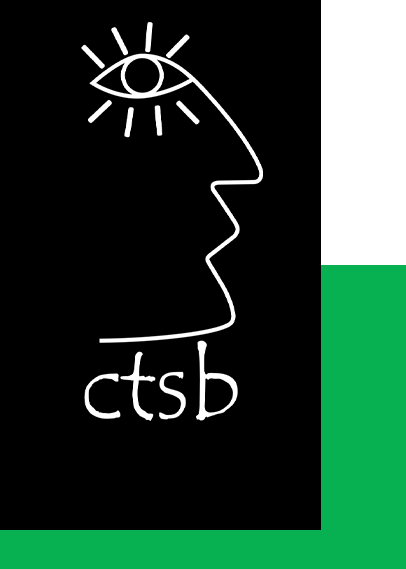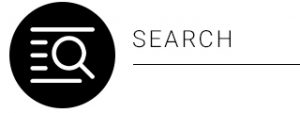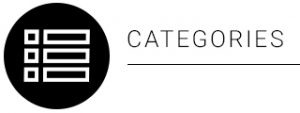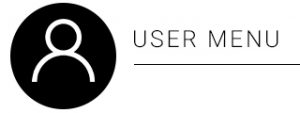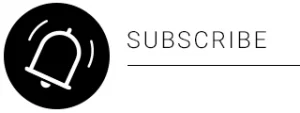DEMONSTRATE AN UNDERSTANDING OF THE USE OF DIFFERENT NUMBER BASES AND MEASUREMENT UNITS AND AN AWARENESS OF ERROR IN THE CONTEXT OF RELEVANT CALCULATIONS
US 9010
NQF LEVEL: 3
CREDITS: 2
NATIONAL HOURS 20
SAQA UNIT STANDARD ALIGNMENT
SPECIFIC OUTCOMES (SO)
Level 3 | Credit 2
UNIT STANDARD 9010 :
Demonstrate an understanding of the use of different number bases and measurement units and an awareness of error in the context of relevant calculations.
SPECIFIC OUTCOME 1
On completion of this section you will be able to;
Perform addition and subtraction of positive whole numbers in binary up to 100002 (16 in decimal).
Demonstrate understanding of the mathematical relationships and principles involved in the computations.
On completion of this section you will be able to:
Conversion between binary and decimal numbers is done correctly. (SO1 AC1)
Basic addition and subtraction calculations in the binary number system are done correctly(SO1 AC2)
Practical applications of the decimal and binary system are explained correctly. (SO1 AC3)
SPECIFIC OUTCOME 2
On completion of this section you will be able to Use scientific notation for small and large numbers.
On completion of this section you will be able to:
The prefixes indicating magnitude in measurements are correctly related to the decimal system. (SO2 AC1)
Conversions between related units in different measurement systems are correctly applied in real-life contexts.(SO2 AC2)
SPECIFIC OUTCOME 3
On completion of this section you will be able
Work with rational and irrational numbers.
Explore repeating decimals and convert them to common fraction form
Use scientific notation for small and large numbers.
On completion of this section you will be able to:
Symbols for irrational numbers such as 7c and 42 are left in formulae or steps to calculations except where approximations are required. (SO3 AC1)
Descriptions are provided of the effect of rounding prematurely in calculations.(SO3 AC2)
The desired degree of accuracy is determined in relation to the practical context.(SO3 AC3)
The final value of a calculation is expressed in terms of the required unit.(SO3 AC4)
Table of Contents
HOW TO USE THIS GUIDE
ICONS
TAKE NOTE
PROGRAMME OVERVIEW
LEARNING ASSUMPTIONS
HOW YOU WILL LEARN
HOW YOU WILL BE ASSESSED
SECTION 1: BINARY NUMBER SYSTEM
INTRODUCTION TO BINARY NUMBERS
CONVERSION BETWEEN BINARY AND DECIMAL NUMBERS
BINARY ARITHMETIC
SECTION 2: SIZE AND MAGNITUDE OF NUMBERS
USE SCIENTIFIC NOTATION FOR SMALL AND LARGE NUMBERS
PREFIXES: FROM GIGA TO PICA (109 TO 10-12)
CONVERSIONS: SI TO IMPERIAL; DEGREES F TO DEGREES C
SECTION 3: THE EFFECT OF ERROR IN CALCULATION
RATIONAL AND IRRATIONAL NUMBERS
REPEATING DECIMALS
SYMBOLS FOR IRRATIONAL NUMBERS ARE LEFT AS IS
ROUNDING PREMATURELY IN CALCULATIONS
ACCURACY AND BEING PRACTICAL
THE FINAL VALUE OF A CALCULATION IS EXPRESSED IN TERMS OF THE REQUIRED UNIT
HOW TO USE THIS GUIDE
This workbook belongs to you. It is designed to serve as a guide for the duration of your training programme and as a resource for after the time. It contains readings, activities, and application aids that will assist you in developing the knowledge and skills stipulated in the specific outcomes and assessment criteria. Follow along in the guide as the facilitator takes you through the material, and feel free to make notes and diagrams that will help you to clarify or retain information. Jot down things that work well or ideas that come from the group. Also, note any points you would like to explore further. Participate actively in the skill practice activities, as they will give you an opportunity to gain insights from other people’s experiences and to practice the skills. Do not forget to share your own experiences so that others can learn from you too.ICONS
For ease of reference, an icon will indicate different activities. The following icons indicate different activities in the manual.PROGRAMME OVERVIEW
PURPOSE
The essential purposes of the mathematical literacy requirements are that, as the learner progresses with confidence through the levels, the learner will grow in:
- An insightful use of mathematics in the management of the needs of everyday living to become a self-managing person
- An understanding of mathematical applications that provides insight into the learner `s present and future occupational experiences and so develop into a contributing worker
- The ability to voice a critical sensitivity to the role of mathematics in a democratic society and so become a participating citizen.
People credited with this unit standard are able to:
- Convert numbers between the decimal number system and binary number system
- Work with numbers in different ways to express size/magnitude.
- Demonstrate the effect of error in calculations.
LEARNING ASSUMPTIONS
The credit value is based on the assumption that people starting to learn towards this unit standard are competent in Mathematical Literacy and Communications at NQF level 2.
HOW YOU WILL LEARN
The programme methodology includes facilitator presentations, readings, individual activities, group discussions, and skill application exercises.
HOW YOU WILL BE ASSESSED
This programme has been aligned to registered unit standards. You will be assessed against the outcomes of the unit standards by completing a knowledge assignment that covers the essential embedded knowledge stipulated in the unit standards, and by doing a practical assessment to apply the learning to your work situation. When you are assessed as competent against the unit standards, you will receive a certificate of competence and be awarded 6 credits towards a National Qualification.
